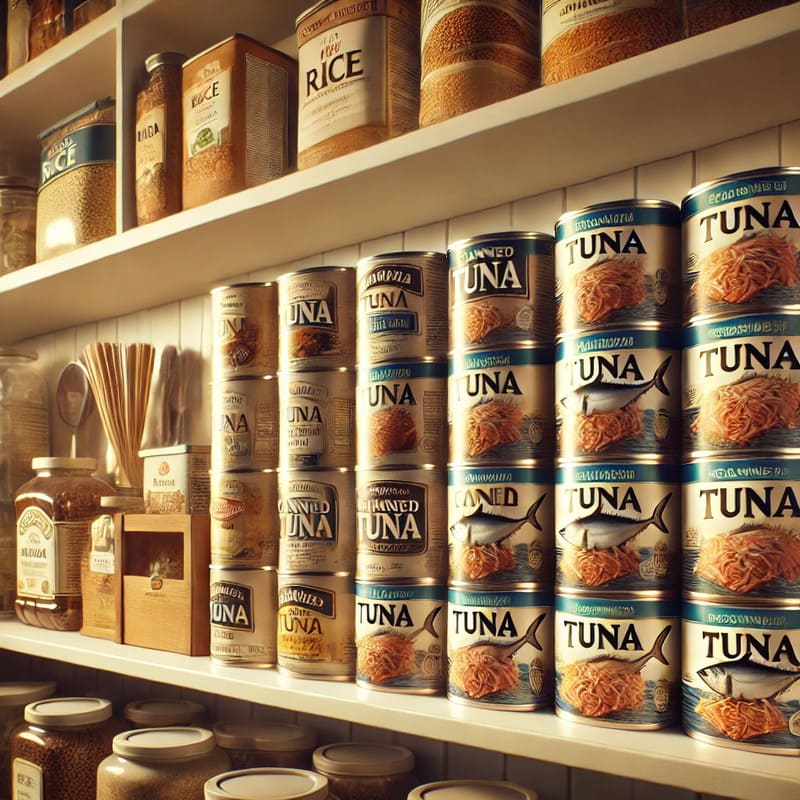
Chamberlains of London – Canned tuna is often overlooked in discussions about healthy eating, yet it remains one of the most versatile and affordable sources of protein available today. Packed with essential nutrients and an extended shelf life, this pantry staple is a practical solution for anyone looking to maintain a balanced diet without frequent trips to the grocery store.
The versatility of canned tuna allows it to shine in various recipes. Here are some creative ways to incorporate it into your meals:
When shopping for canned tuna, it’s essential to understand the labels. Albacore tuna, often labeled as “white tuna,” has a milder flavor and firmer texture, making it suitable for salads and sandwiches. Light tuna, typically sourced from skipjack or yellowfin, has a stronger taste and softer texture, ideal for pasta dishes or casseroles.
Additionally, check for sustainability certifications, such as the Marine Stewardship Council (MSC) label, to ensure your purchase supports environmentally friendly fishing practices.
One of the most significant advantages of canned tuna is its impressive nutritional profile. It is rich in lean protein, omega-3 fatty acids, and essential vitamins like B12 and D. These nutrients support heart health, brain function, and overall well-being. Whether you opt for albacore (white tuna) or light tuna, both options offer unique benefits that cater to different dietary needs.
Canned tuna stands out for its convenience and long shelf life. Unlike fresh fish, which requires immediate refrigeration and quick consumption, canned tuna can be stored in your pantry for years. This makes it a reliable option for meal planning, emergency preparedness, or even unexpected dinner guests.
While canned tuna is convenient, proper storage is crucial to maintaining its quality. Store cans in a cool, dry place and check for any signs of damage, such as dents or rust. Once opened, transfer unused tuna to an airtight container and refrigerate it, consuming it within two days.
In times of rising grocery prices, canned tuna offers an economical alternative to fresh seafood without sacrificing nutritional value. A single can often costs less than fresh fish and provides multiple servings, making it a budget-friendly choice for families and individuals alike.
Canned tuna’s mild taste pairs well with bold spices and ingredients, allowing you to experiment with international flavors. For example:
Whether you’re a college student, a busy professional, or a parent managing meals for a family, canned tuna adapts to your lifestyle. Its affordability, versatility, and nutritional benefits make it an indispensable item in any kitchen.